Home>Garden Essentials>Garden Storage>How To Get A New Wardrobe
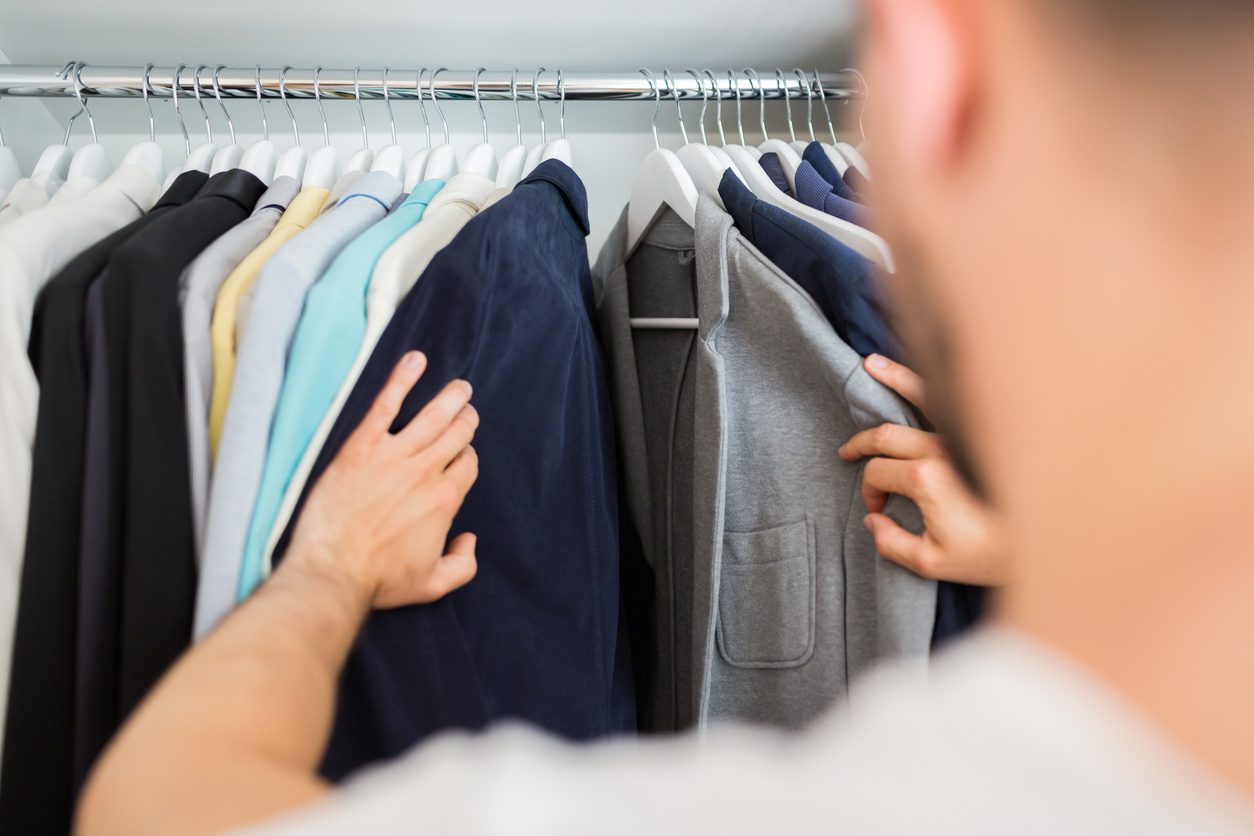

Garden Storage
How To Get A New Wardrobe
Modified: January 7, 2024
Discover the best storage solutions to create a new wardrobe and maximize space. Transform your home with efficient storage ideas and tips.
(Many of the links in this article redirect to a specific reviewed product. Your purchase of these products through affiliate links helps to generate commission for Storables.com, at no extra cost. Learn more)
Introduction
Having a fashionable and versatile wardrobe is something that most people aspire to. However, it can be challenging to know where to start when it comes to revamping your collection of clothes. Fortunately, with the right approach and a bit of planning, you can easily achieve a new wardrobe that reflects your personal style and fits your budget.
In this article, we will guide you through the process of getting a new wardrobe, step by step. We will help you assess your current wardrobe, identify your style, set a budget, clear out unnecessary items, and build a curated collection of clothing that is both stylish and functional.
Whether you’re looking to completely revamp your wardrobe or simply refresh it with a few key pieces, this guide will provide you with the knowledge and strategies necessary to achieve the wardrobe of your dreams.
Key Takeaways:
- Assess your current wardrobe to identify gaps and prioritize quality over quantity. Clear out unnecessary items to make room for a curated collection that reflects your personal style and functional needs.
- Building a new wardrobe is an empowering journey of self-expression. From identifying your style to maintaining your clothes, embrace the opportunity to create a collection that reflects the best version of you.
Read more: How To Build A New Wardrobe On A Budget
Assessing Your Wardrobe
Before diving headfirst into creating a new wardrobe, it’s crucial to assess your current collection of clothes. Take the time to go through each item in your closet and evaluate its condition, fit, and how often you actually wear it.
Start by separating your clothes into three categories: keep, donate/sell, and toss. The items you choose to keep should be the ones that you love, fit well, and align with your personal style. Be honest with yourself and let go of any items that no longer serve a purpose or bring you joy.
As you assess your wardrobe, take note of any gaps or areas that need improvement. Are there certain types of clothing that you have an abundance of, while others are lacking? Are there any staple pieces that are missing from your collection? This analysis will provide you with valuable insights into what you need to focus on when building your new wardrobe.
Additionally, consider the quality of your clothing. Are there items that are worn out, faded, or damaged? Make a note of these pieces and prioritize replacing them with higher-quality alternatives in the future. Investing in durable and well-made clothing will ensure that your new wardrobe stands the test of time.
Another important aspect to consider when assessing your wardrobe is the seasonality of your clothes. Are there items that are only suitable for specific seasons? Take this opportunity to store away any off-season clothing to make room for the pieces that you will be wearing regularly.
Remember, the goal is to create a curated collection of clothes that not only reflects your personal style but also meets your functional needs. Taking the time to assess your current wardrobe will provide you with a solid foundation to build upon and will make the rest of the process much easier.
Identifying Your Style
One of the key steps in getting a new wardrobe is identifying your personal style. Your style is a reflection of your personality, preferences, and how you want to present yourself to the world. Knowing your style will help you make informed choices when it comes to selecting new clothes and creating outfits that you feel confident and comfortable in.
Start by exploring different sources of inspiration to help you identify the style that resonates with you. Look for fashion magazines, social media influencers, online fashion communities, and even movies or TV shows that showcase the type of clothing you are drawn to. Save images or create a mood board with the outfits that catch your attention and make you feel excited.
Next, take a closer look at your saved images or mood board and identify recurring themes or elements. Does a particular color palette dominate? Are there certain patterns or textures that stand out? Pay attention to silhouettes, cuts, and styles that you find appealing. This analysis will help you pinpoint the key elements of your personal style.
In addition to external inspiration, reflect on your own lifestyle, interests, and values. Consider the activities you typically engage in and the environments you find yourself in. For example, if you have a corporate job, your style may lean towards more polished and professional attire. On the other hand, if you have a more casual lifestyle, your style may be more laid-back and relaxed.
Don’t be afraid to experiment and mix different styles to create a unique and authentic look. Fashion is all about self-expression, and there are no hard and fast rules. Your style should be a reflection of who you are and what makes you feel confident and empowered.
Remember, identifying your style is an ongoing process. It may evolve and change over time as you explore new trends and experiences. Embrace the opportunity to continually refine and adapt your style to align with your personal growth and what makes you feel your best.
Setting a Budget
When it comes to creating a new wardrobe, it’s essential to have a budget in mind. Setting a budget will help you prioritize your spending and make informed decisions about where to allocate your funds. Whether you have a small budget or more flexibility, it’s important to establish your financial boundaries early on in the process.
Start by determining how much you can comfortably afford to spend on your new wardrobe. Consider your income, expenses, and any other financial obligations you may have. Be realistic and set a budget that works for your unique situation. Remember, it’s better to work within your means than to overspend and create financial stress.
Once you have established your budget, allocate it to different categories within your wardrobe. Consider dividing your budget into sections such as basics, statement pieces, shoes, and accessories. This will help you prioritize and spread your spending evenly across different aspects of your wardrobe.
Research and compare prices of the items you’re looking to purchase to ensure that they align with your budget. Keep an eye out for sales, discounts, and promotions that can help stretch your budget further. Additionally, don’t be afraid to explore second-hand or thrift stores for great deals on high-quality clothing.
Remember that setting a budget doesn’t mean compromising on style or quality. It’s about making smart choices and being intentional with your spending. Consider investing in timeless, versatile pieces that can be mixed and matched to create a variety of outfits. This will help you maximize the value of your budget and build a wardrobe that lasts.
Lastly, be mindful of your budget throughout the entire shopping process. Keep track of your purchases and expenses to ensure you stay within your allocated funds. It’s easy to get carried away and overspend, but by staying disciplined and mindful, you can achieve a new wardrobe without breaking the bank.
Clearing out Your Current Wardrobe
Before you start adding new items to your wardrobe, it’s important to clear out the old. Clearing out your current wardrobe serves two purposes – it helps you declutter and make room for new pieces, and it allows you to evaluate your existing clothes to determine what to keep, donate, or discard.
Begin by taking everything out of your closet and laying it on your bed or a clean surface. This will give you a clear view of all the items you own and make the decision-making process more manageable.
As you go through each item, ask yourself the following questions:
- Have I worn this in the past year?
- Does it still fit me well?
- Is it in good condition?
- Does it align with my current style?
Be honest with yourself and let go of any items that no longer serve you or bring you joy. If you have sentimental attachments to certain pieces, consider setting them aside in a separate storage space instead of cluttering your everyday wardrobe.
Create different piles for the clothes you want to keep, donate, or discard. Clothes that are in good condition and still have some value can be donated to charity or sold online. Discard any items that are worn out, damaged beyond repair, or no longer suitable for wearing.
Once you have cleared out the unnecessary items, organize the clothes you are keeping back into your wardrobe. Consider categorizing them by type (e.g., shirts, pants, dresses) or by occasion (e.g., workwear, casual wear). This will make it easier to find specific items when you’re getting dressed and will help you maintain a neat and clutter-free wardrobe.
By clearing out your current wardrobe, you create space, clarity, and a fresh start for building your new wardrobe. It’s a powerful step towards creating a collection of clothes that truly reflects your style and makes you feel your best every time you get dressed.
Read more: How Much Does A New Wardrobe Cost
Building a Capsule Wardrobe
A capsule wardrobe is a curated collection of essential clothing items that can be mixed and matched to create a wide range of outfits. Building a capsule wardrobe is a popular approach to creating a functional and versatile wardrobe that is easy to manage and exudes personal style.
Start by considering your lifestyle and the activities you engage in on a regular basis. Think about the different contexts you find yourself in, such as work, social events, and casual outings. This will help you determine the types of clothing that are essential to your everyday life.
Select a neutral color palette for your capsule wardrobe, as this will make it easier to mix and match different pieces. Classic neutrals like black, white, gray, and navy are timeless and will provide a solid base for your outfits. You can then add pops of color or patterns through accessories or statement pieces.
Focus on including versatile basics that can be dressed up or down. This could include items like a well-fitting pair of jeans, a tailored blazer, a white button-down shirt, a little black dress, and a comfortable pair of flats or sneakers. These classic pieces will serve as the foundation of your capsule wardrobe.
Consider the climate and seasonality of your location. If you live in a place with distinct seasons, you may need to include both warm and cold weather essentials. However, aim for pieces that can be layered to accommodate different weather conditions, maximizing the functionality of your wardrobe.
When selecting items for your capsule wardrobe, quality is key. Invest in well-made, durable pieces that will withstand frequent wear and washing. Quality clothing not only looks better but also lasts longer, saving you money in the long run.
Remember, a capsule wardrobe is built on the principle of simplicity and versatility. Strive for a smaller number of high-quality items that can be mixed and matched to create numerous outfits. This approach will provide you with a sense of ease, reduce decision fatigue, and ensure that you always have something to wear.
As you build your capsule wardrobe, assess the items you already have and consider how they fit into the overall concept. Fill in the gaps by purchasing additional pieces that align with your style and complete your capsule collection.
Building a capsule wardrobe requires patience and careful consideration, but it is worth the effort. Not only will you have a functional and stylish wardrobe, but you will also simplify your daily routine and feel confident in every outfit you put together.
Consider selling or donating clothes you no longer wear to make room for new items in your wardrobe. This can also help you save money and reduce clutter.
Shopping for Basics
Basics are the foundation of any wardrobe and serve as the building blocks for creating a variety of outfits. When shopping for basics, it’s important to focus on finding high-quality items that fit well and can be easily mixed and matched with the rest of your wardrobe.
Start by making a list of essential basics that you need in your wardrobe. This could include items such as plain t-shirts, button-down shirts, jeans, trousers, skirts, and tank tops. Consider the colors and styles that work best for your personal style and make a note of them.
When selecting basics, pay attention to the fit and cut. Look for pieces that flatter your body shape and make you feel comfortable. Try on different sizes and styles to find the ones that suit you best. Remember, a well-fitting basic item can elevate an entire outfit.
Invest in high-quality fabrics that stand the test of time. Opt for natural fibers like cotton, linen, and silk, as they are more breathable and durable compared to synthetic materials. Quality basics not only look better but also last longer, saving you money in the long run.
Keep in mind that basics don’t have to be boring. Look for subtle details or unique features that add a touch of interest to your outfits. This could be a textured fabric, a flattering neckline, or interesting buttons. These small details can elevate your basics from plain to stylish.
Consider purchasing multiple versions of your favorite basics, especially those that you wear frequently. Having duplicates of essential items like plain white t-shirts or black trousers ensures that you always have a backup when one is in the laundry or needs replacing.
Don’t be afraid to mix and match different brands and price points when shopping for basics. While investing in higher-end basics can be beneficial for their longevity, there are also affordable options available that offer good quality. Find the right balance that fits your budget and priorities.
Lastly, regularly reassess your basics and replace any worn-out or damaged items. Over time, basics may lose their shape, fade, or become stretched out. Stay on top of your wardrobe maintenance by refreshing your basics as needed to ensure that your foundation remains strong.
When it comes to shopping for basics, focus on quality, fit, and versatility. With a collection of well-chosen and well-maintained basics, you will have the flexibility and freedom to create a multitude of stylish outfits that reflect your personal style.
Adding Statement Pieces
Statement pieces are those eye-catching items that add a touch of personality and excitement to your wardrobe. While basics provide the foundation, statement pieces are the unique and bold pieces that make your outfits stand out and reflect your individual style. When adding statement pieces to your wardrobe, there are a few key considerations to keep in mind.
First, think about the types of statement pieces that resonate with you. Do you prefer bold prints and patterns, or are you drawn to vibrant colors and textures? Identify the elements that make a piece stand out to you and make a note of them. This will help guide your selection process when shopping for statement pieces.
Consider the occasion and context in which you plan to wear the statement piece. If you’re looking for a statement piece for everyday wear, opt for something versatile that can be dressed up or down. On the other hand, if you’re looking for a statement piece for a special event or occasion, you may want to choose something more dramatic and attention-grabbing.
When it comes to statement pieces, quality is still important. Look for well-made items that will withstand multiple wears and maintain their standout appeal. Consider investing in timeless statement pieces that can be worn for years to come, rather than trendy pieces that may quickly go out of style.
Don’t be afraid to take risks and step out of your comfort zone when it comes to statement pieces. Experiment with different styles and aesthetics to discover what resonates with you. Remember, fashion is about self-expression, and statement pieces provide the perfect opportunity to showcase your unique personality and sense of style.
When styling statement pieces, use them as the focal point of your outfit. Keep the rest of your outfit relatively simple and let the statement piece take center stage. For example, pair a bold patterned blazer with a plain white shirt and jeans. This way, the statement piece becomes the highlight and captures attention without overwhelming the entire look.
Remember that statement pieces don’t have to be limited to clothing alone. Accessories such as bold statement necklaces, handbags, or even shoes can also add a touch of flair to your outfits. Experiment with different accessories to create unique and memorable looks.
Lastly, it’s important to choose statement pieces that you genuinely love and feel confident wearing. Fashion is about feeling good in what you wear, so select pieces that make you feel excited and empowered. Trust your intuition and embrace the joy that comes with wearing standout pieces that reflect your personal style.
By carefully selecting and incorporating statement pieces into your wardrobe, you can effortlessly elevate your outfits and make a lasting impression. These pieces serve as a form of self-expression and allow you to showcase your unique style and personality to the world.
Accessorizing Your Outfits
Accessorizing is an essential part of creating stylish and put-together outfits. The right accessories can elevate even the simplest of outfits, adding personality, flair, and a touch of sophistication. When it comes to accessorizing, there are a few key considerations to keep in mind.
Start by selecting accessories that complement your outfit and enhance its overall aesthetic. Consider the colors, patterns, and textures of your clothing, and choose accessories that harmonize with them. For example, a statement necklace can add a pop of color to a monochromatic outfit, while a patterned scarf can bring visual interest to a simple dress.
Choose accessories that suit the occasion and context. For more formal events, opt for elegant and understated pieces such as dainty jewelry and a classic clutch. For casual or everyday wear, you have more flexibility to experiment with bolder or trendier accessories to make a statement.
Don’t forget about the power of layering accessories. By combining different pieces, you can create unique and personalized looks. Experiment with layering necklaces of varying lengths, stacking bracelets, or mixing and matching rings to add depth and visual appeal to your outfits.
Consider the proportions and scale of the accessories in relation to your body and the clothing you’re wearing. For example, petite individuals may prefer smaller accessories that don’t overwhelm their frame, while taller individuals may opt for larger and bolder pieces. Finding the right balance will ensure that your accessories enhance your overall look.
When choosing accessories, don’t overlook the impact of the right pair of shoes and a handbag. These items can completely transform an outfit and tie everything together. Invest in versatile, high-quality shoes and handbags that can be paired with multiple outfits, ensuring that you always have the perfect accessory to complete your look.
Pay attention to the details, such as belts, scarves, and hair accessories. These smaller accessories can add a finishing touch to your outfits. Consider using a belt to cinch in a loose-fitting dress, or add a colorful scarf to your handbag for a pop of color. These little touches can make a big difference in the overall impact of your ensemble.
Remember, accessorizing should be fun and allow you to express your personal style. Don’t be afraid to experiment, mix and match different accessories, and let your creativity shine. It’s an opportunity to add your own unique touch to every outfit and showcase your individuality.
By mastering the art of accessorizing, you can take your outfits to the next level and exude confidence and style in every situation. Accessories have the power to transform a look and make a lasting impression, so embrace the opportunity to let your personality shine through the finishing touches of your outfits.
Read more: How To Get Rid Of Moths In Wardrobe
Shopping Tips and Tricks
Shopping can be a fun and rewarding experience, but it’s important to approach it with a strategic mindset. Whether you’re shopping for basics, statement pieces, or accessories, here are some tips and tricks to help you make the most out of your shopping trips:
1. Plan Ahead: Before heading out, make a shopping list of the items you need or want to look for. This will keep you focused and prevent unnecessary impulse purchases.
2. Research and Compare: Take the time to research and compare prices, quality, and styles. Look for customer reviews and ratings to ensure you’re making an informed decision.
3. Set a Budget: Determine your budget before you start shopping and stick to it. Avoid overspending by keeping track of your purchases and calculating the total cost as you go.
4. Shop Sales and Discounts: Keep an eye out for sales, promotions, and discounts. Sign up for newsletters or follow your favorite stores on social media to stay informed about upcoming sales events.
5. Explore Second-Hand Options: Consider shopping at thrift stores, consignment shops, or online marketplaces for unique and affordable finds. Second-hand shopping not only saves money but also promotes sustainable fashion.
6. Try Before You Buy: Always try on clothes before making a purchase. Pay attention to the fit, comfort, and how the item makes you feel. Don’t be afraid to ask for a second opinion from a trusted friend or salesperson.
7. Invest in Quality: For staple pieces and items you plan to wear frequently, invest in higher-quality items. Quality clothing lasts longer, fits better, and often looks more polished.
8. Know Your Measurements: Familiarize yourself with your accurate body measurements. This will help you choose the right sizes and minimize the need for returns or exchanges.
9. Shop with a Critical Eye: Don’t be swayed by sales tactics or the pressure to buy. Remember, it’s okay to walk away if something doesn’t meet your expectations or fit with your style.
10. Trust Your Instincts: At the end of the day, trust your instincts and go with what makes you feel confident and comfortable. Fashion is subjective, so choose pieces that resonate with you personally.
By following these shopping tips and tricks, you can shop more efficiently and make informed decisions that align with your style, budget, and preferences. Remember, shopping is a process, so be patient and enjoy the thrill of finding new additions to your wardrobe!
Maintaining Your New Wardrobe
Once you have built your new wardrobe, it’s important to maintain it to keep your clothes looking their best. Proper maintenance not only ensures that your clothes last longer but also allows you to maximize the value of your investment. Here are some tips for maintaining your new wardrobe:
1. Follow Care Instructions: Pay attention to the care labels on your clothing and follow the recommended washing, drying, and ironing instructions. Proper care will prevent damage and keep your clothes in good condition.
2. Organize and Rotate: Keep your wardrobe organized by categorizing your clothes and arranging them neatly. Rotate your clothes seasonally to reduce clutter and make it easier to find what you need.
3. Handle Stains Promptly: Treat stains as soon as possible to prevent them from setting. Follow stain removal techniques specific to the type of stain and fabric to minimize any damage.
4. Store Properly: Store off-season clothing properly to protect them from dust, moisture, and pests. Use garment bags or storage containers to keep them clean and organized.
5. Invest in Quality Hangers: Use sturdy hangers that properly support the weight and shape of your garments. Avoid wire hangers that can cause stretching or damage to your clothes.
6. Repair and Alter: Mend any minor damages such as loose threads or small holes. Consider alterations to adjust the fit of your clothes and ensure they flatter your body shape.
7. Regularly Inspect: Set aside time to regularly inspect your clothes for any signs of wear or damage. Address these issues promptly by repairing or replacing the affected items.
8. Properly Fold and Hang: Learn how to properly fold and hang different types of clothing. Delicate items may be better off folded, while structured pieces like blazers or dresses should be hung to maintain their shape.
9. Keep Shoes and Accessories Clean: Regularly clean and polish your shoes to keep them looking their best. Store accessories such as belts, scarves, and jewelry in designated compartments or boxes to prevent tangling or damage.
10. Regularly Edit and Update: As your style evolves and your needs change, regularly review your wardrobe and remove items that are no longer worn or loved. This will help maintain a streamlined and functional wardrobe.
By implementing these maintenance practices, you can extend the lifespan of your clothes and enjoy a well-kept wardrobe. Remember, caring for your clothes is an ongoing commitment that pays off in the long run, allowing you to continue looking stylish and feeling confident.
Conclusion
Building a new wardrobe is an exciting and empowering journey. By following the steps outlined in this guide, you can create a wardrobe that reflects your personal style, fits your budget, and meets your functional needs. From assessing your current wardrobe to identifying your style, clearing out unnecessary items, and carefully selecting new pieces, every step plays a crucial role in curating a wardrobe that you love.
Remember that fashion is about self-expression and feeling confident in what you wear. As you navigate the world of fashion, don’t be afraid to try new styles, experiment with different trends, and showcase your unique personality through your clothing choices. Whether you prefer classic, minimalist, bohemian, or avant-garde styles, the key is to create a wardrobe that truly represents who you are.
Additionally, pay attention to the details of your outfits, such as accessorizing strategically and maintaining your clothes properly. These small touches can make a big impact, elevating your overall look and adding a sense of polish and sophistication.
Lastly, remember that fashion is an ever-evolving journey. As your tastes, lifestyle, and needs change, so too will your wardrobe. Stay open to exploring new trends, updating your basics, and refreshing your accessories. Your wardrobe should be a reflection of your growth and evolving sense of self, so embrace the opportunity to continually refine and edit your collection.
Ultimately, building a new wardrobe is not just about acquiring new clothes; it’s about embracing your individuality, expressing your creativity, and cultivating a sense of style that makes you feel confident and empowered. So go ahead, take the first step, and embark on your journey to a new and stylish wardrobe that reflects the best version of you.
Frequently Asked Questions about How To Get A New Wardrobe
Was this page helpful?
At Storables.com, we guarantee accurate and reliable information. Our content, validated by Expert Board Contributors, is crafted following stringent Editorial Policies. We're committed to providing you with well-researched, expert-backed insights for all your informational needs.
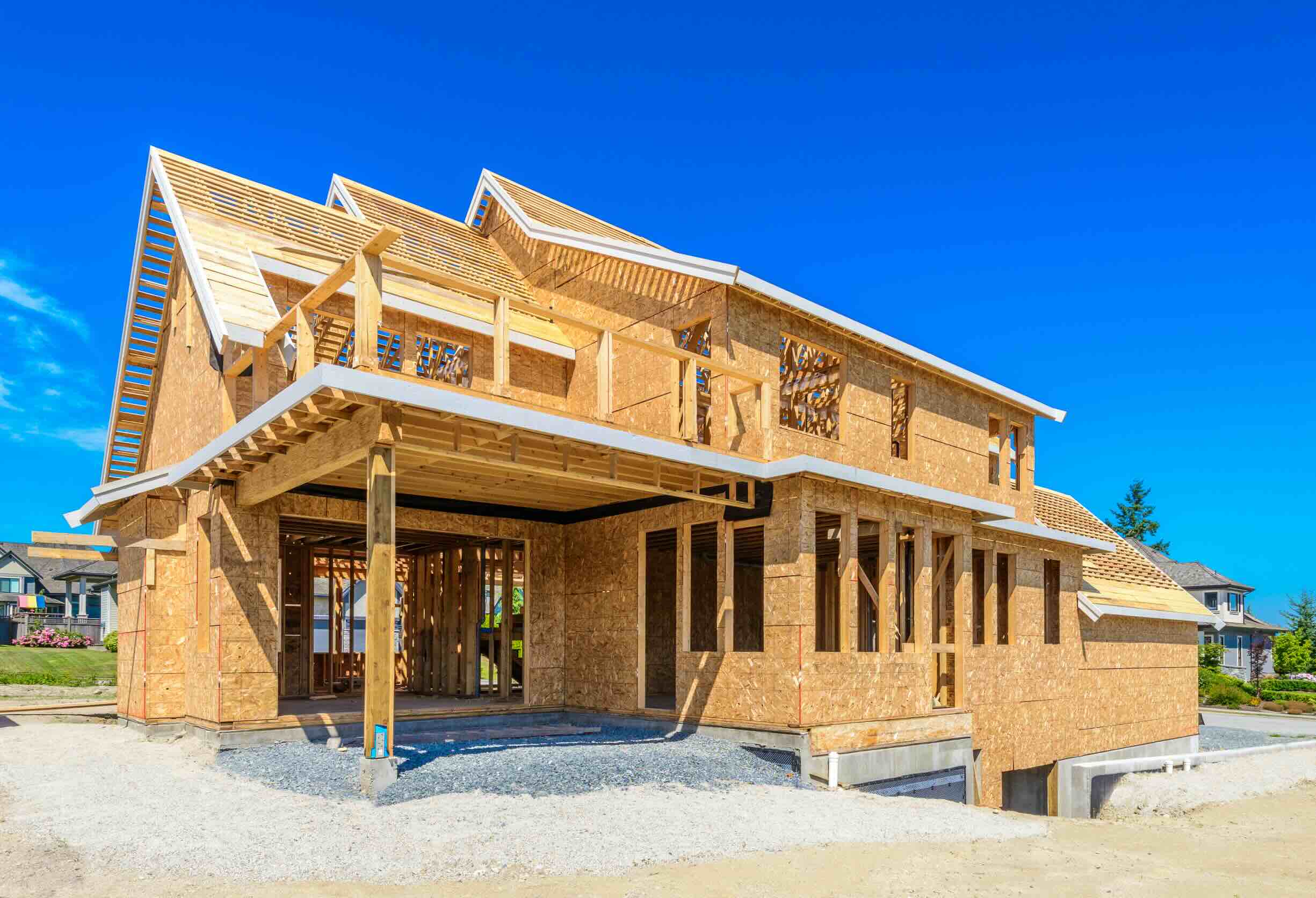
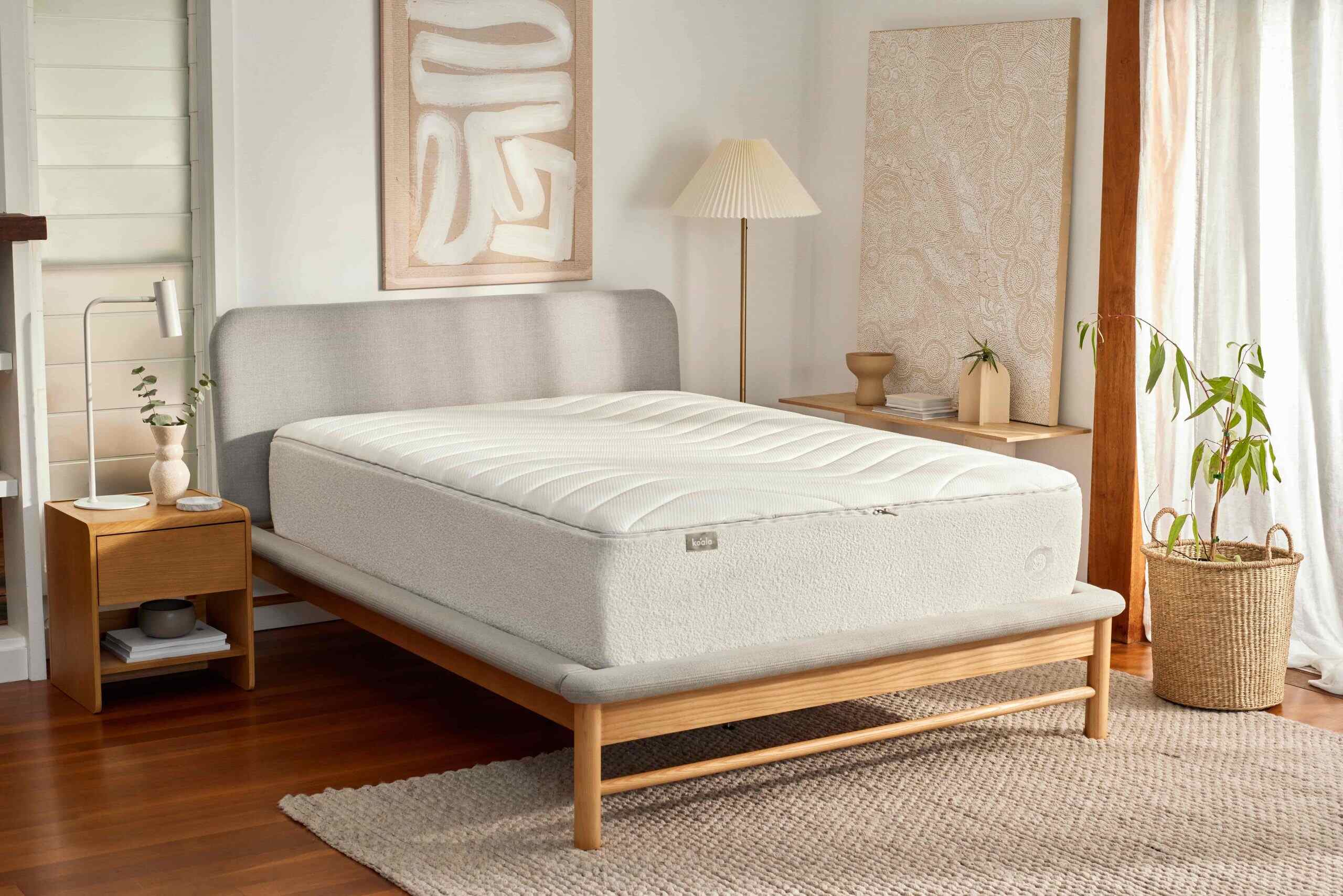

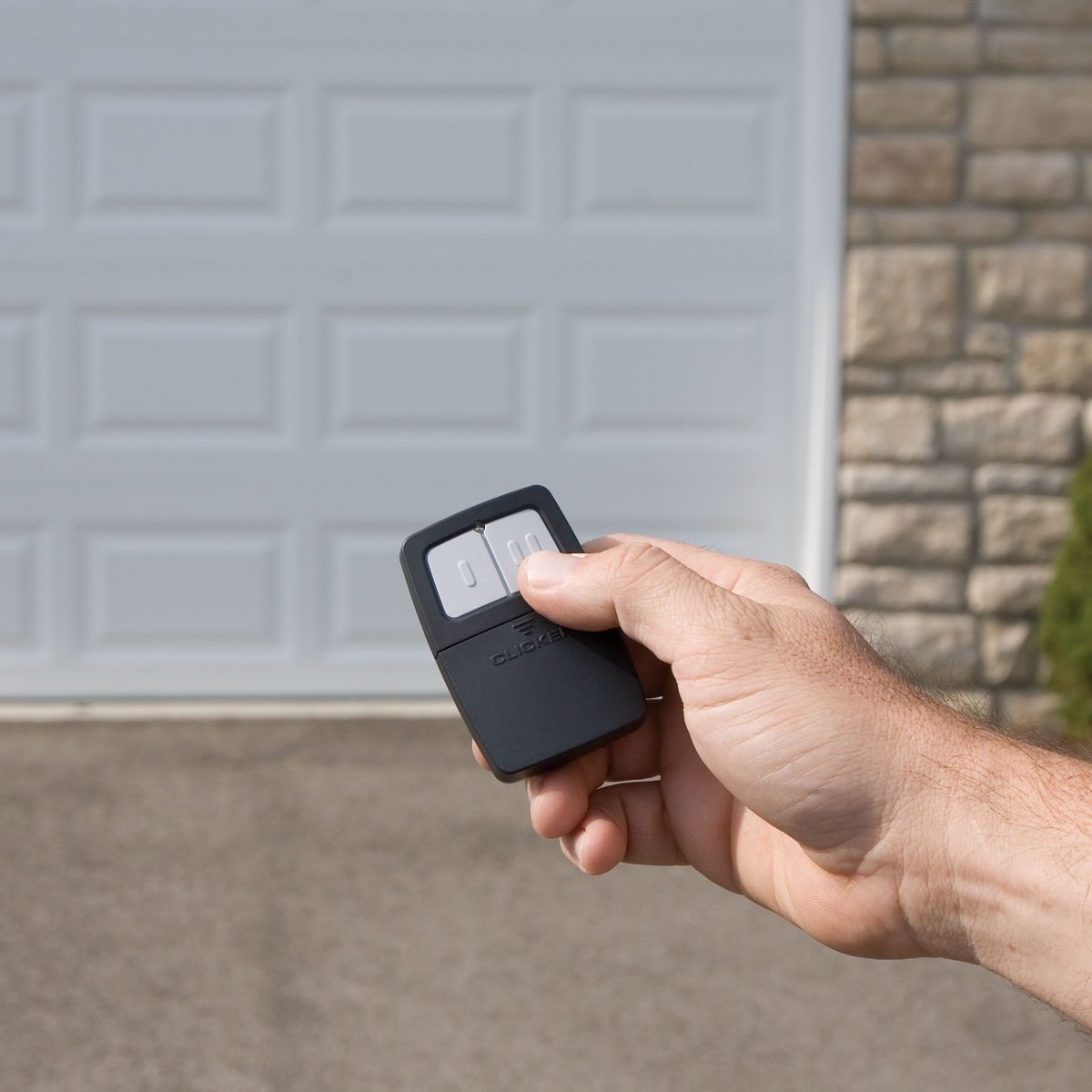
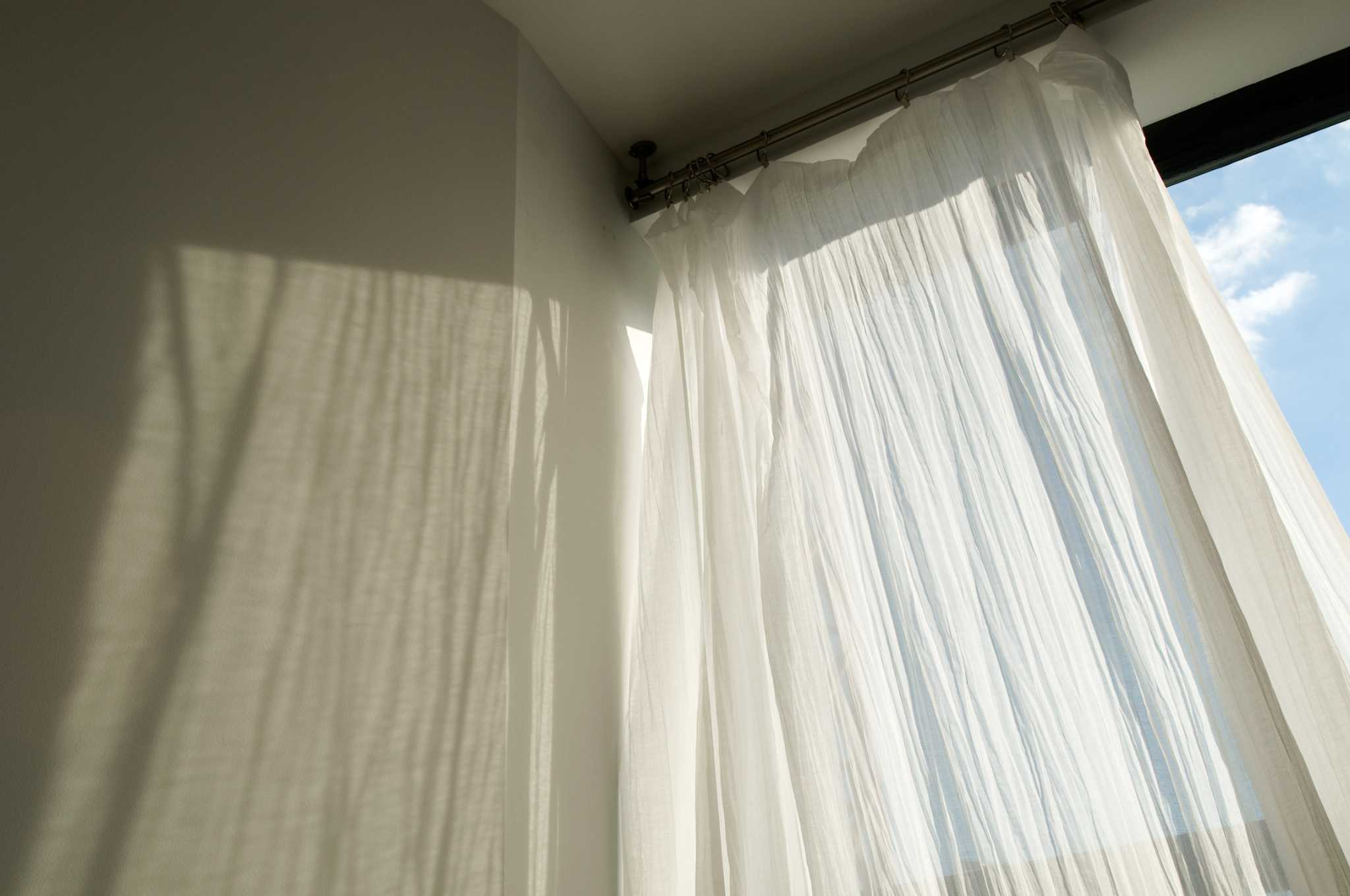

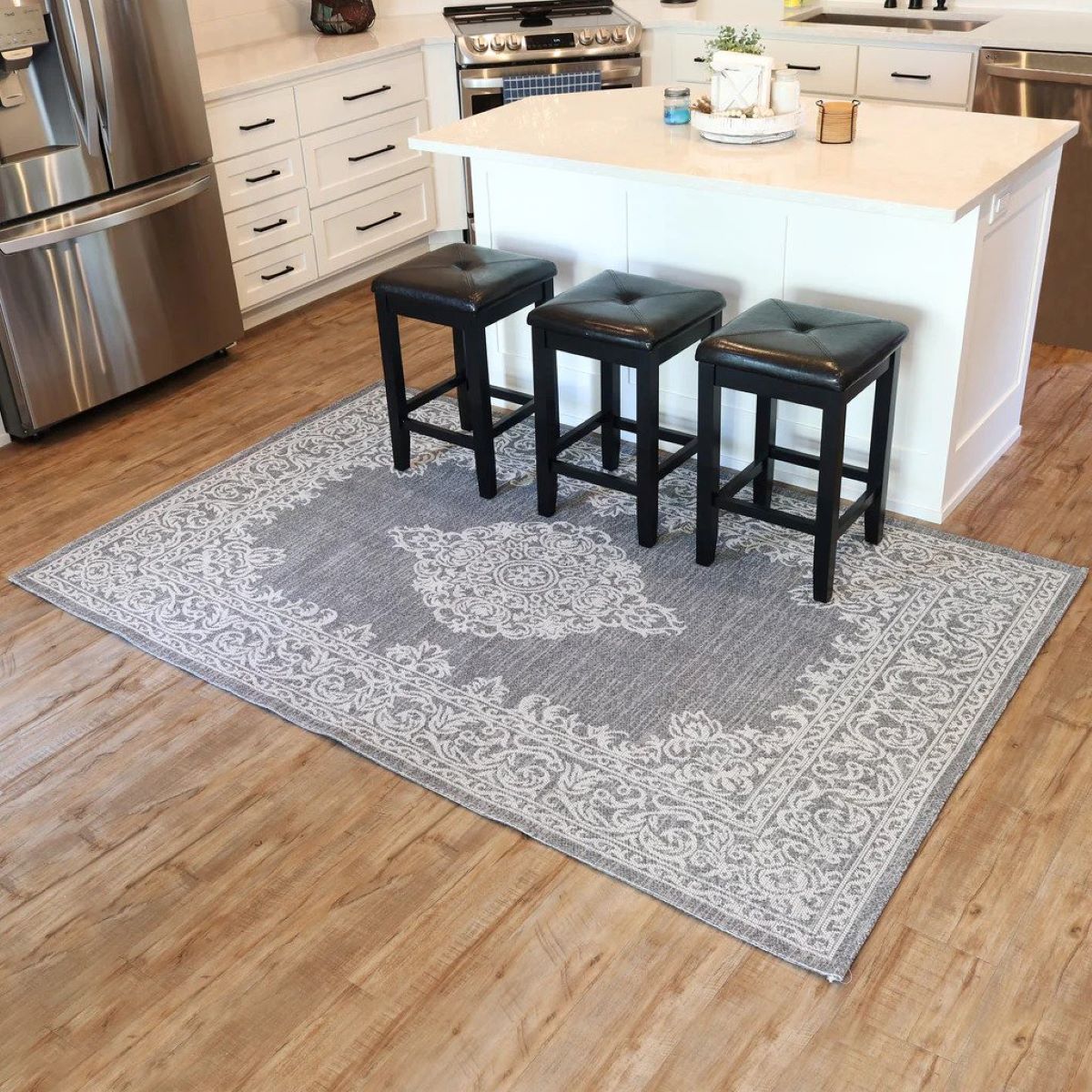
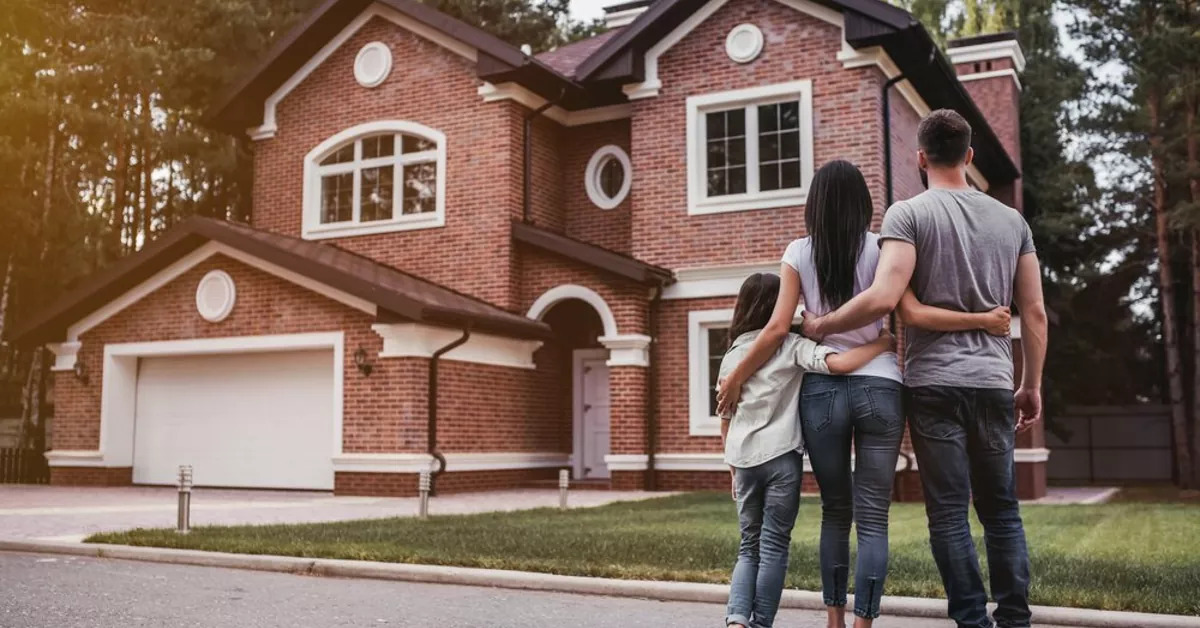
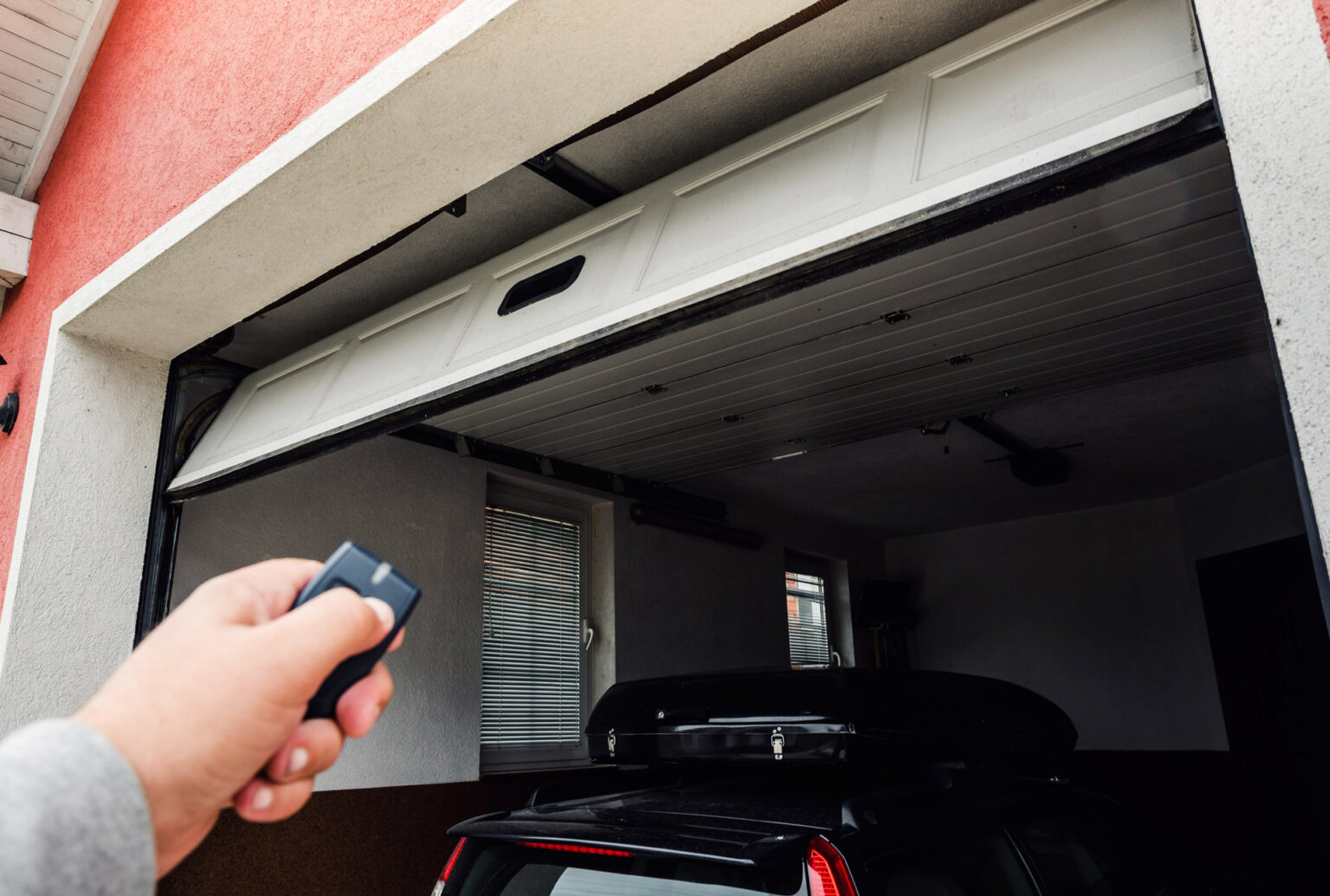

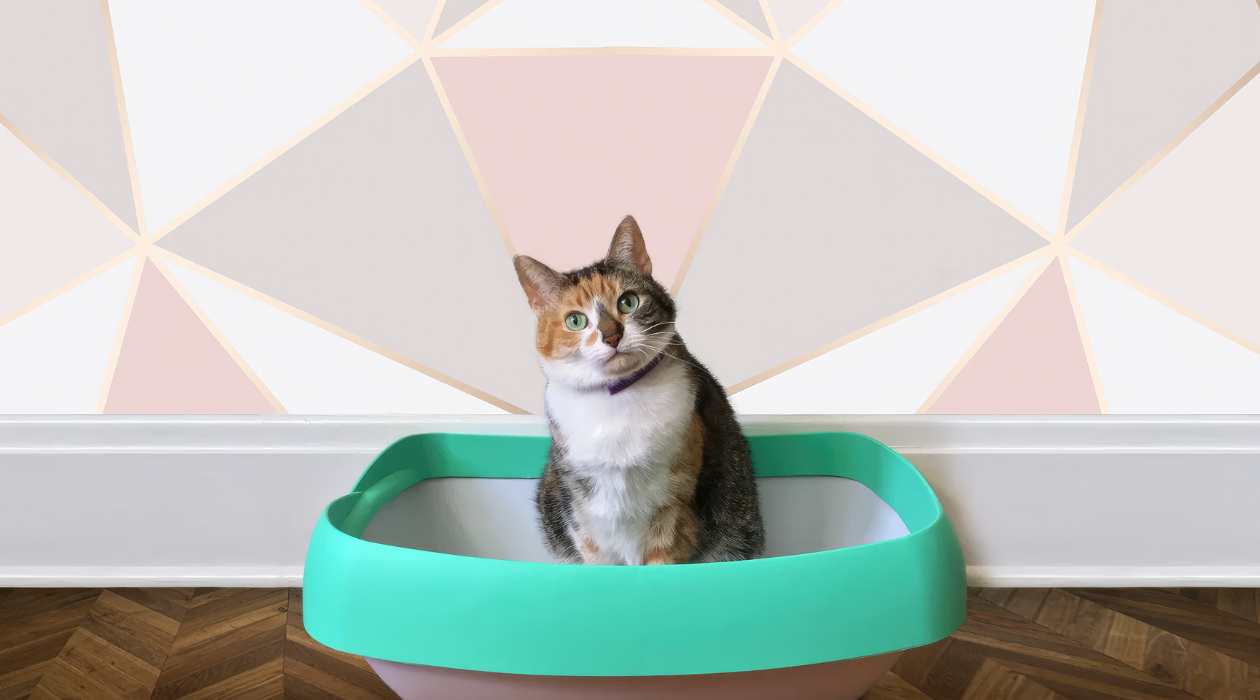



0 thoughts on “How To Get A New Wardrobe”